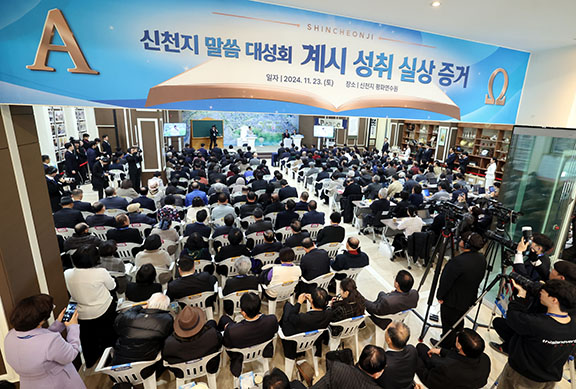September 15 marks the beginning of National Hispanic Heritage Month in the US, a month-long event that recognizes and celebrates Hispanic culture and traditions. While many may be familiar with parts of Hispanic culture such as food or music, it goes much deeper. Hispanic culture can come in many forms and mediums because no Hispanic country is the same.
A Hispanic person is someone who comes from a Spanish-speaking country, including Spain, as well as most of Latin America, excluding Brazil. There are 21 Spanish speaking countries that are celebrated during this month.
According to the Office of Inclusion and Intercultural Relations, as of fall 2020, 11.2% of the University’s students are Hispanic.
One way to enjoy and immerse yourself in the culture this month on campus is to visit the Spurlock Museum, which will hold an exhibit called “Quinceañeras: Celebration, Joy and Ethnic Pride” from September 24th to December 1st. Quinceañeras are a traditional 15th birthday party for Hispanic girls.
Hispanic Heritage Month starts on September 15th for a reason. It’s independence day for Costa Rica, Nicaragua, Honduras, Guatemala and El Salvador. Similar to the 4th of July in the US, these five Central American countries celebrate with street parades and lively parties.
Every year on September 9, the people of Guatemala light the “Torch of Independence”, a physical torch that is carried around the five countries for the next five days; then, on September 14, the eve of Costa Rica’s Independence Day celebrations, the torch arrives.
The next day, September 16, is Mexican Independence Day, not to be confused with Cinco de Mayo.
Mexico’s celebrations are similar to celebrations in other Latin American countries, as well as in the US
A popular event that takes place in Mexico City, the country’s capital, is “El Grito” or “The Shout.” This event occurs on the night of September 15 at 11:00 p.m., when the president recites Father Hidalgo’s proclamation of independence and rings the same bell that rang to announce their freedom in 1810. Father Hidalgo is known as the “Father of Mexican Independence” . This event attracts thousands of participants every year.
To the non-Hispanic, this information may seem like trivial knowledge, but for many, it is their life.
[email protected]



